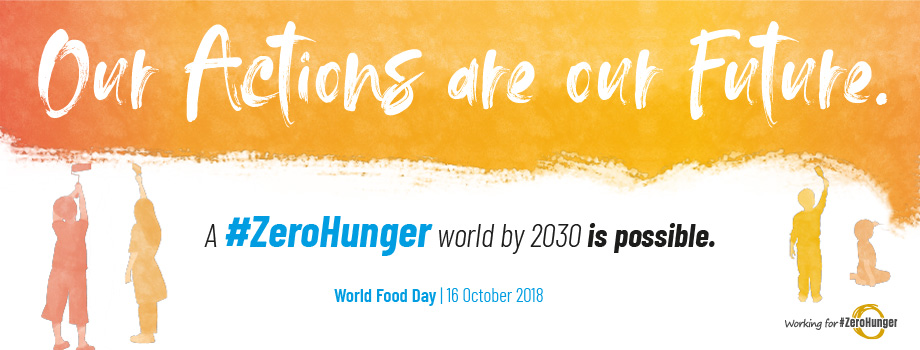Country progress in creating enabling policy environments for promoting healthy diets and nutrition
The Global Nutrition Policy Review 2016–2017 is the report of the second comprehensive analysis of nutrition-related policy environment, coordination mechanisms, available capacities and actions being taken in the WHO Member States. 176 Member States (91%) and one area responded to the survey carried out between July 2016 and December 2017 on topic areas related to infant and young child nutrition, school health and nutrition, promotion of healthy diets, vitamin and mineral nutrition, prevention and management of acute malnutrition and nutrition, and infectious disease. The findings presented in this report will help in tracking progress towards achieving the commitments made at the 2014 Second International Conference on Nutrition (ICN2) and will also serve as a baseline for monitoring country actions in achieving the commitments of the UN Decade of Action on Nutrition (2016–2025).
Great progress has been made in terms of developing and implementing national policies since the Global Nutrition Policy Review 2009–2010 was conducted, with national policies increasingly having specific nutrition goals and targets which are in line with the global nutrition and diet-related NCD targets 2025 adopted by the World Health Assembly and subsequently by the ICN2 and the UN General Assembly as part of the Sustainable Development Goals and the UN Decade of Action on Nutrition. Countries are also implementing relevant actions, in particular to address stunting as well as overweight and obesity. More countries are also taking actions to protect, promote and support breastfeeding. In contrast, there has been a notable weakening in the area of school health and nutrition.
Globally, changes are happening in the nutrition-related policy environment with an increasing number of countries taking regulatory action to improve food environment to promote healthy diets and nutrition. These include the implementation of nutrition labelling, fiscal policies, trans fat bans, reformulation of food products, and restricting marketing of foods and non-alcoholic beverages to children.
Nutrition governance has also been strengthened since the last Global Nutrition Policy Review was conducted in 2009-2010, with a higher proportion of countries reporting that they have established nutrition coordination mechanisms in high government offices, such as in the office of the President or Prime Minister, reflecting the growing recognition of the importance of the nutrition agenda. However, current progress and trends in achieving the global nutrition and diet-related NCD targets 2025 are not sufficient, and these global targets are unlikely to be achieved unless accelerated actions are implemented worldwide.
Access the publication here.


